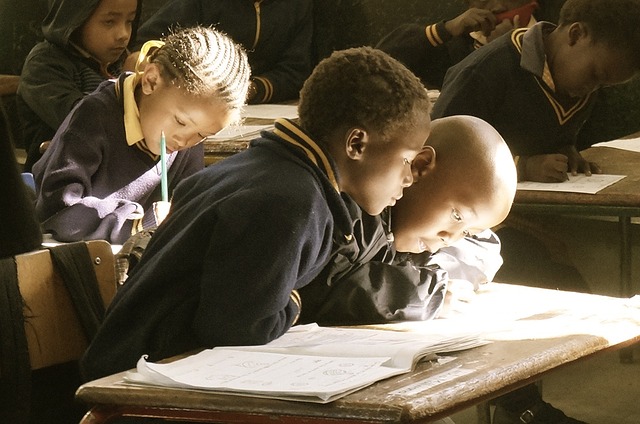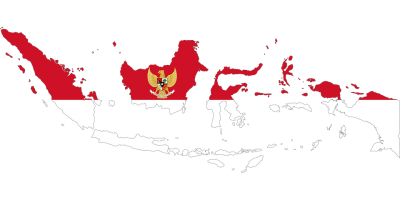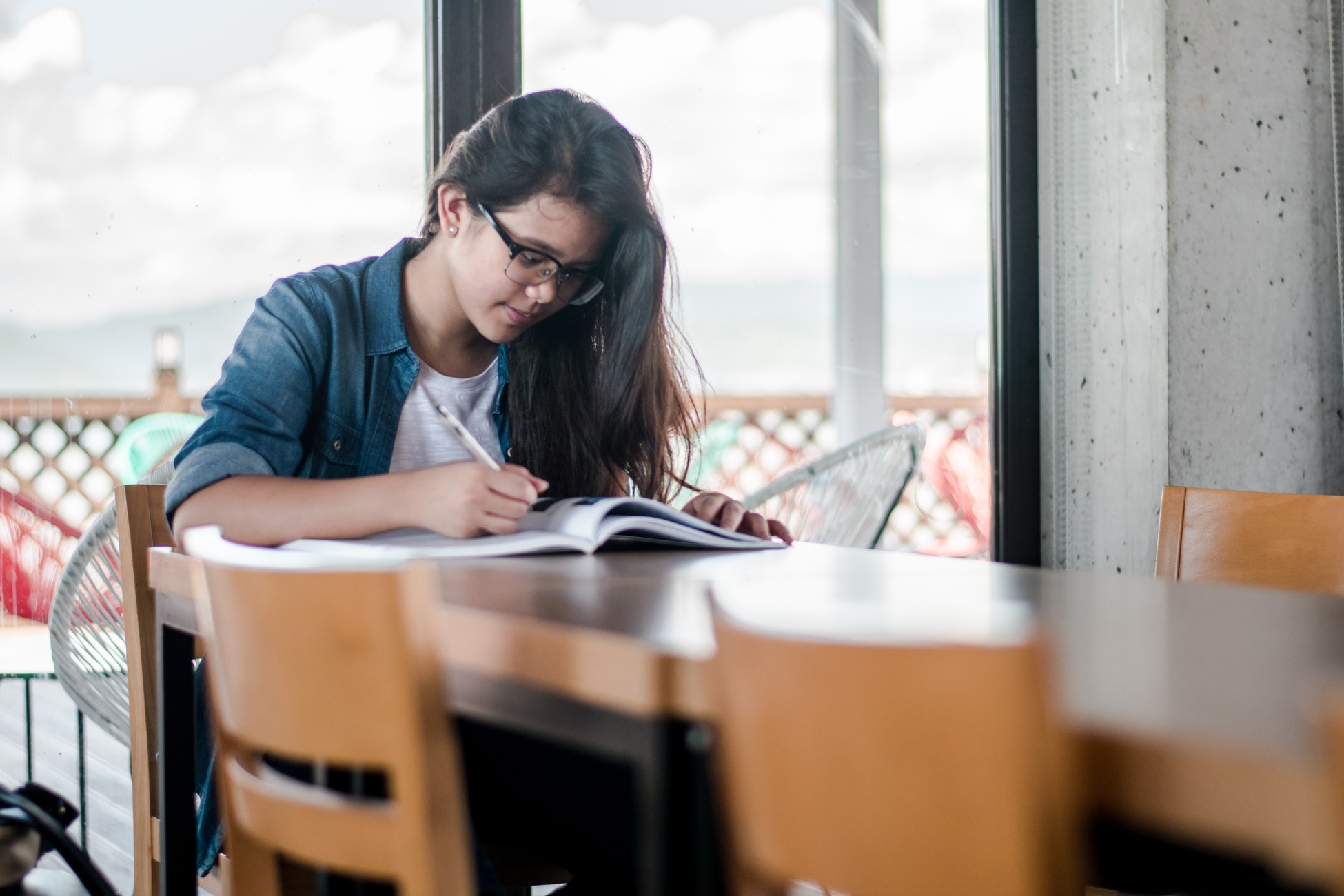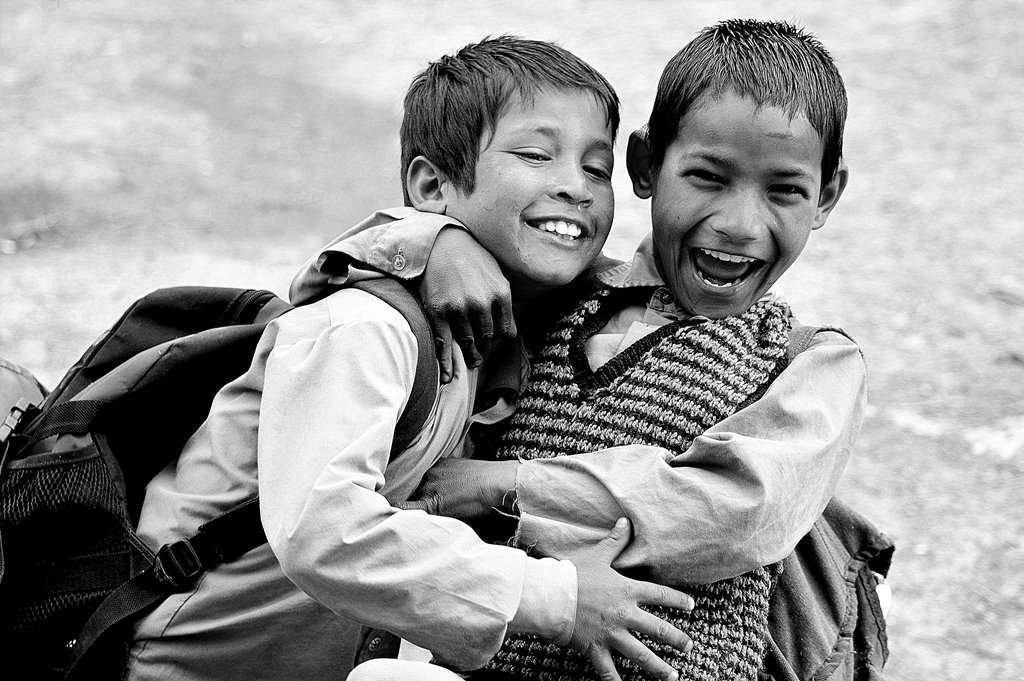The goal introduced by the World Bank to halve the learning poverty by 2030 and eventually taking it to zero may be the impossible dream for now. The goals that are set up as Sustainable Development Goals are very progressive. However, the one focused on quality education, SDG 4 , is far from what was idealized because of the impossibility for all the governments to comply with the SDG 4 targets at the moment too.
As per the United Nations, there are 17 different goals with a target to make the world more equal and prosperous. These goals are called Sustainable Development Goals (SDGs). Out of these 17 SDGs, one SDG (SDG 4) completely focuses on ‘quality education’. A major target of SDG 4 is that every child around the world should have access to free primary and secondary quality education by 2030. However, recent data shows that the target is quite unachievable by 2030.
Keeping this in mind, the World Bank has asked the developing and under-developed nations to work on an easier and achievable target- reducing the ‘learning poverty’ by 50%. According to the World Bank, learning poverty is simply defined as the percentage of students unable to read by the age of 10.
90% learning poverty in some African countries
As per the data collected and analyzed by the bank, there are more than 50% of children in low and middle-income countries with learning poverty. If we talk about the sub-Saharan African region, the number shoots up to 90%. These kinds of indicators are worrisome and totally against the SDG 4. If a child of grade 4 can’t learn to read by the age of 10, it becomes quite difficult to cope up ahead.
Reducing learning poverty, on the other hand, isn’t an easy target but an achievable one. By halving the learning poverty, some of the countries would be able to triple their current literacy rates.
Altogether the move has been welcomed by educationists all over the world and at the UN. However, the question arises is what more needs to be done to get to SDG 4 targets. Also, UNESCO has been asked to take an initiative on this.
UNICEF executive director Henrietta Fore feels that if targetting the secondary education isn’t achievable, at least primary education should be made available for everyone by 2030.







